Global headquarters:
225 Broadway #660, New York, NY 10007
Canada Office:
21 King Street West, Ste 524 Hamilton, ON L8P 4W7
Take a look at additional functionality layered on top of our core software offering.
Broaden your ERP knowledge in more ways than one.
We know food and we have your industry covered.
Managing finance is at the heart of Inecta Food’s capabilities

As an ERP accounting software, the GL ledger is fully integrated with all subledgers, ensuring that transactions are automatically reflected in the Chart of Account Balances upon posting. This integration provides businesses with accurate and up-to-date financial information, allowing them to make informed decisions for their company's growth and success.
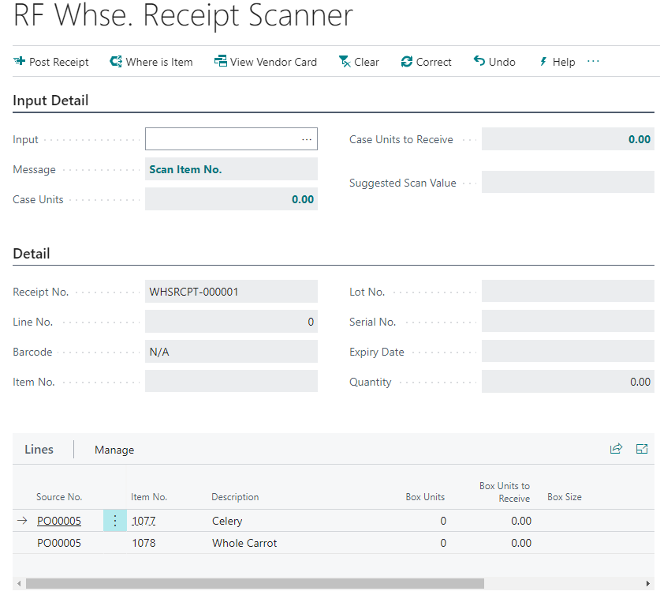
The Account Schedule and Advanced Account Schedule reporting engine allows for user configured financial reporting. This allows for comparing data year after year as well as report comparisons with multiple budgets.
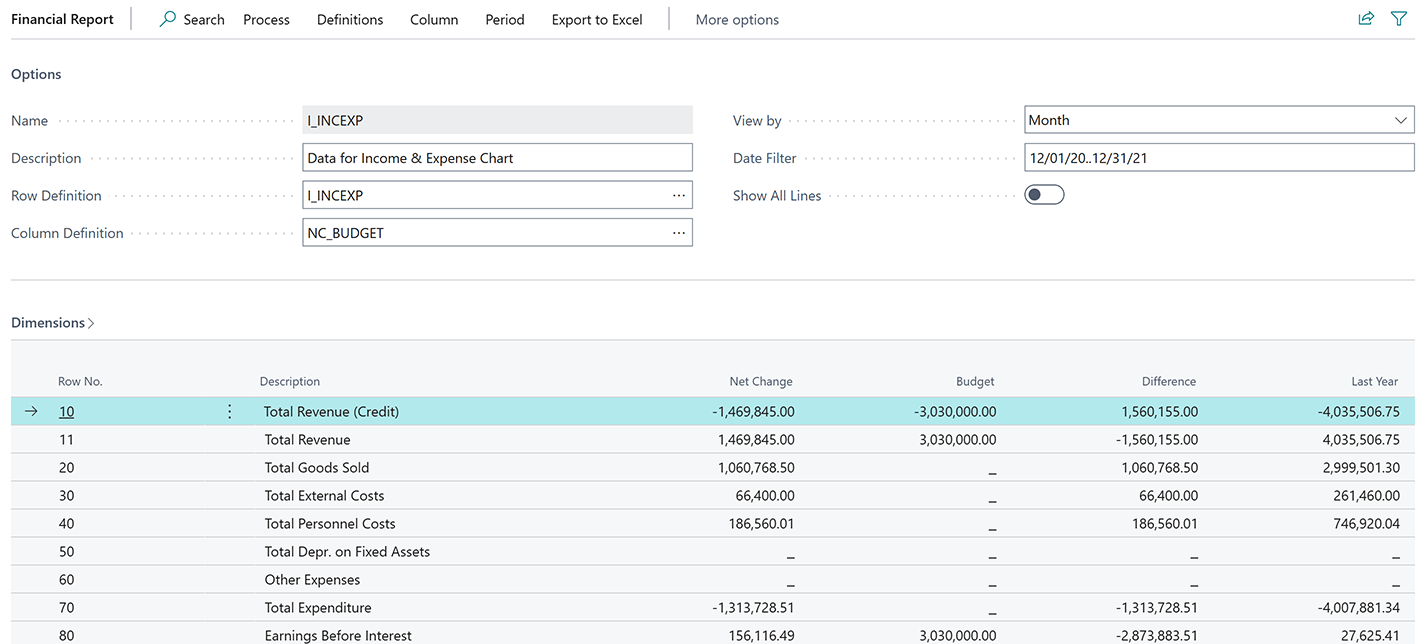
Dimension Tags enhance reporting and analysis capabilities by allowing transactions to be analyzed and reported at the GL level when tagged in the subledger. The feature also enables multiple companies to be incorporated into one global entity, providing enhanced visibility of inventory data without switching between them. This streamlines ERP accounting and accounting software for efficient business operations.
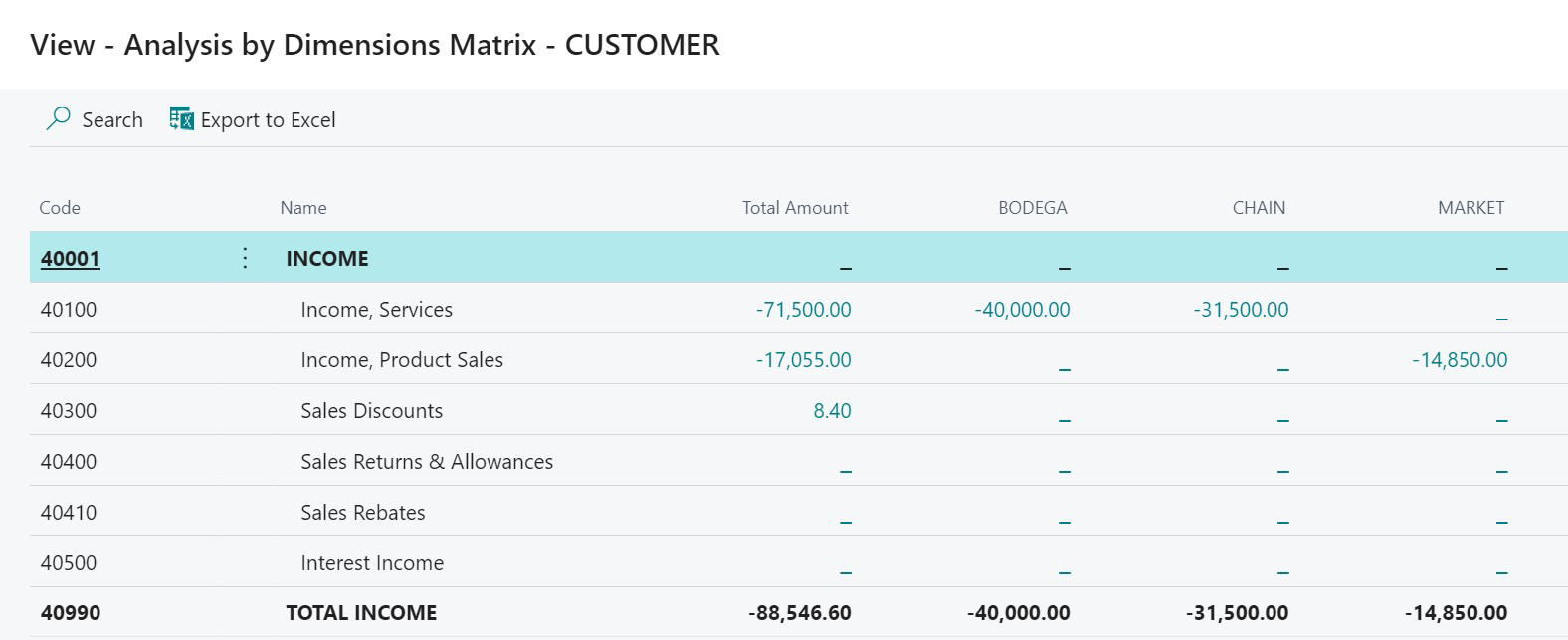
The Fixed Assets functionality is top-of-the-line, offering not only asset maintenance and insurance valuations, but also integrated Depreciation Books for financial reports. In addition, Additional Depreciation Books can be created for specific purposes, such as taxes. By integrating Fixed Asset records with our Maintenance Management Functionality, financial data can be efficiently managed in a comprehensive ERP solution.
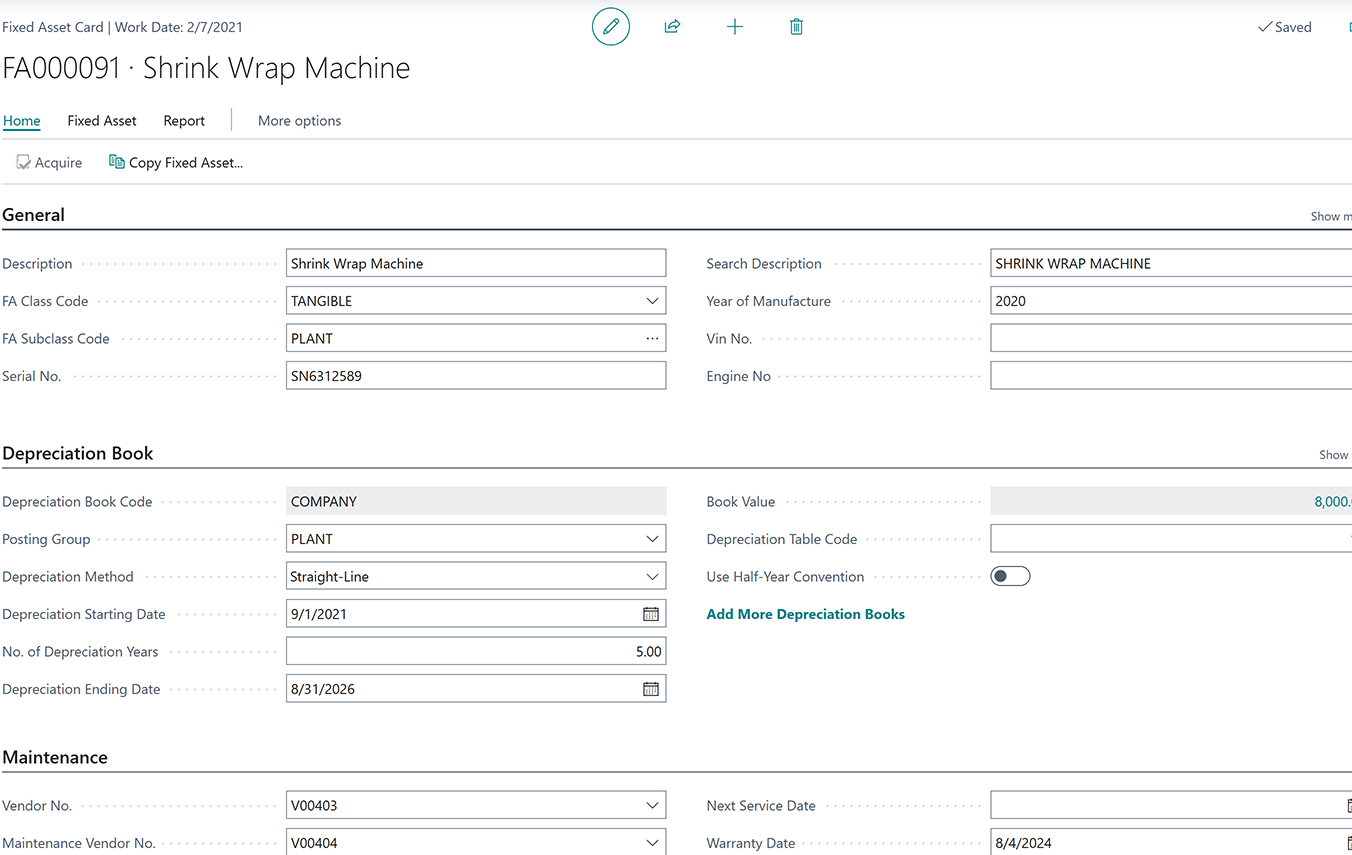
In an ERP accounting solution, Accounts Payable is integrated with Inventory and Non-Inventory Items. Bank Linking enables automatic payment transfers to the bank. These features streamline financial management, reduce errors, and increase productivity. ERP systems like Inecta Food provide comprehensive tools for managing business operations, from finance to customer relationship management.

Accounts Receivable is integrated with Inventory and Non-Inventory Items. Bank Linking allows for Customer Payment Receipts to be received automatically from the Bank. This allows for a more efficient Reconciliation process.
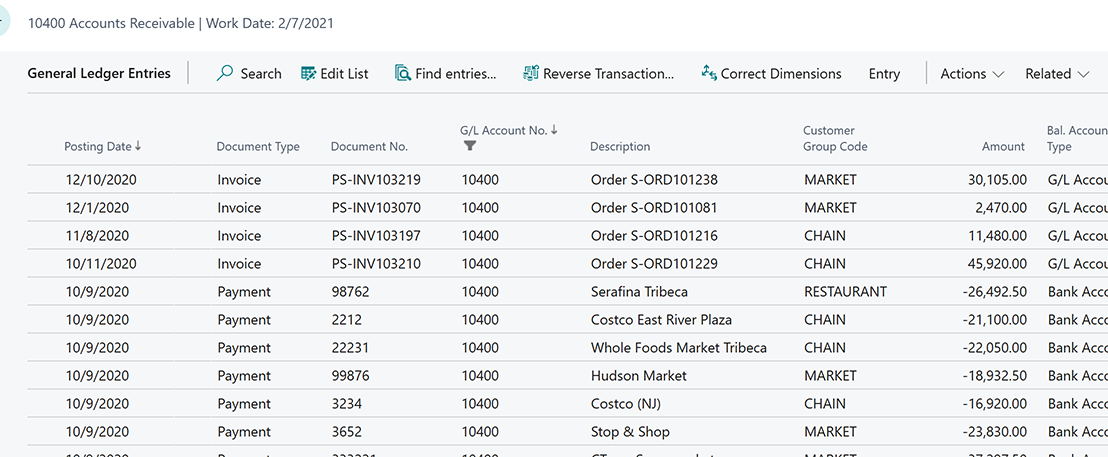
Enterprise resource planning (ERP) systems offer cost accounting functionality that can be configured independently of financial accounting needs. This allows businesses to tailor their accounting software to meet their specific financial management capabilities, enabling them to more effectively manage their finances and make informed decisions. With an ERP system, businesses can streamline their financial processes and reduce the risk of errors and inaccuracies.

Inecta connects all your departments in a single easy-to-use interface.

Multi-Currency functionality is built-in to Inecta Food. You can use transactional currencies independent of Reporting currency.
Intercompany transactions can be accommodate using traditional Intercompany functionality AND/OR Dimensional Company functionality.
Financial Budgets can be used with Financial reporting to allow reporting of Actuals vs. multiple Budgets.
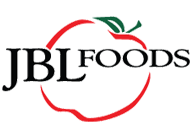
Jason Bellingham, owner of JBL Foods



ERP (Enterprise Resource Planning) software can provide inventory management capabilities in addition to financial management. Integration of accounting software with inventory management tools can improve supply chain efficiency and aid in data-driven decision-making. The power of ERP accounting software leads to time savings, error reduction, and improved financial and inventory management capabilities, ultimately increasing profitability and success.
The ideal accounting software should include the following key features:
Both cloud-based and desktop-based accounting software come with their unique benefits and limitations. Cloud-based solutions, often integrated with ERP systems, provide remote access, real-time updates, and automated backups. These platforms usually adopt a subscription-based pricing structure and necessitate a reliable internet connection. On the other hand, desktop-based software is installed on your computer, storing data locally, and is generally acquired through a one-time purchase. Such software might be a better fit for businesses handling sensitive information that must be stored offline.
The decision between the two options hinges on factors such as your company's needs, budget, and preferences for data storage and accessibility. Incorporating supply chain management and optimizing business processes should also be taken into account when choosing the appropriate solution.

225 Broadway #660, New York, NY 10007
21 King Street West, Ste 524 Hamilton, ON L8P 4W7
© 2025 inecta LLC. All rights reserved.